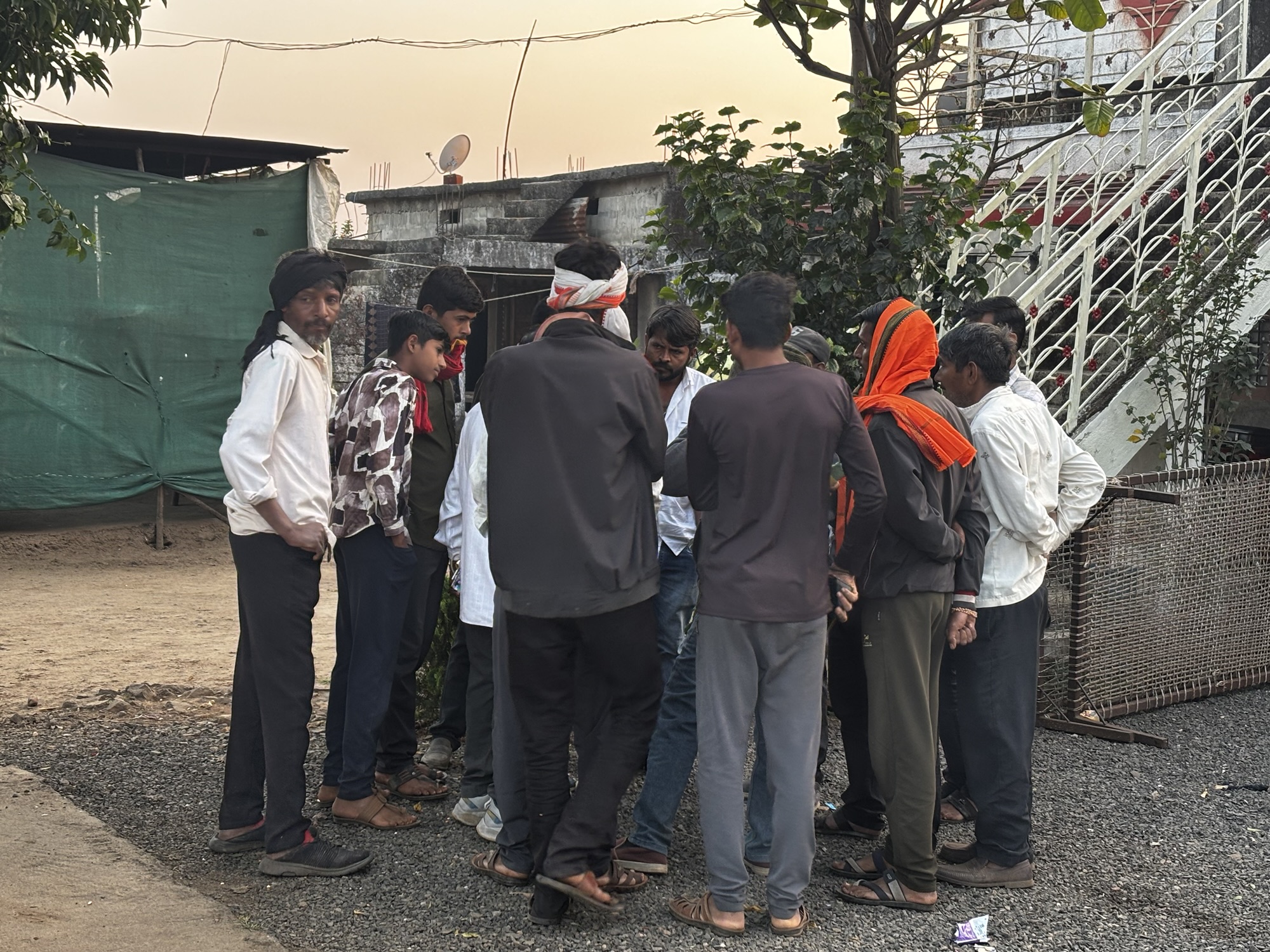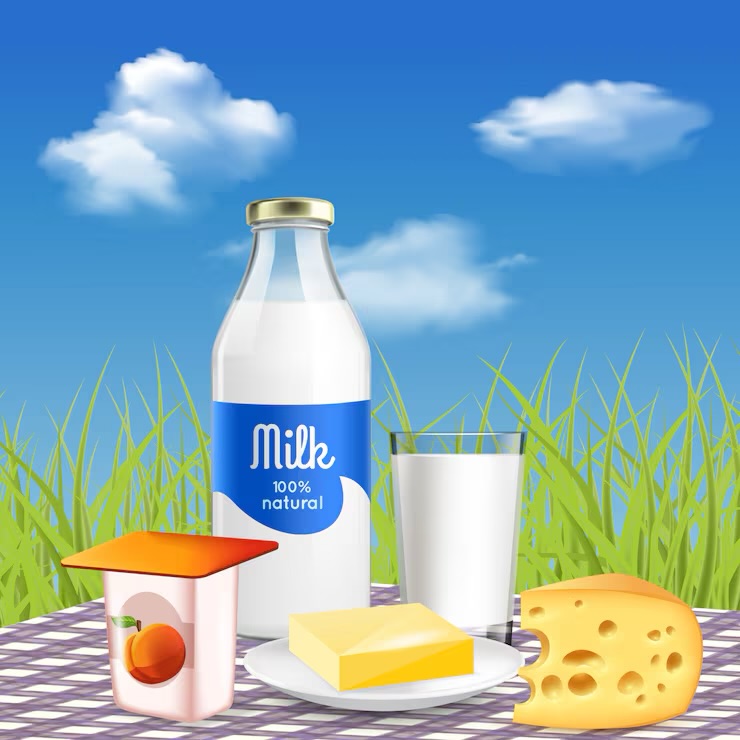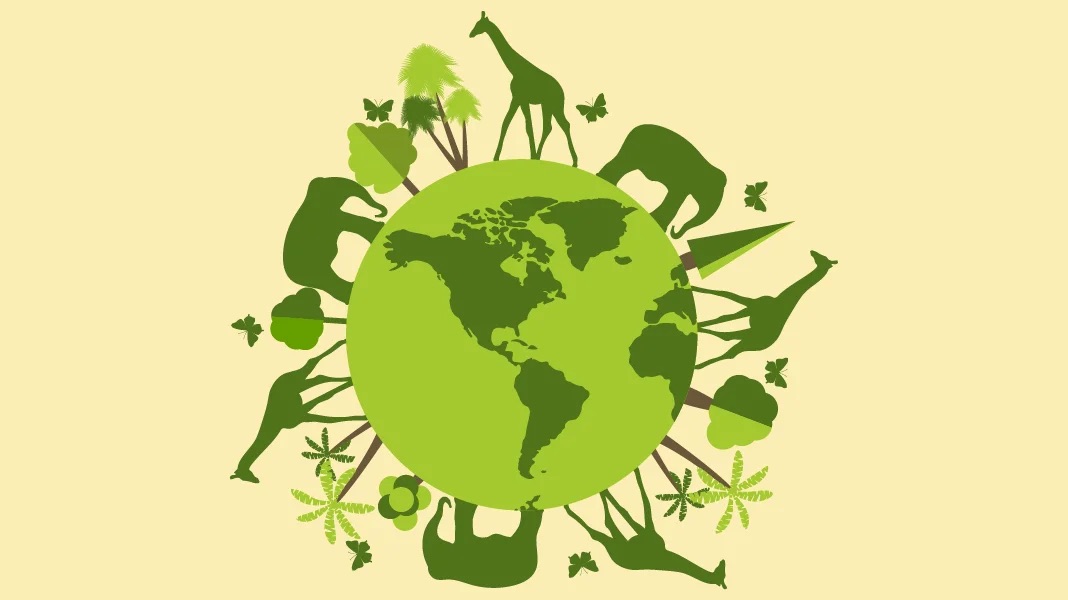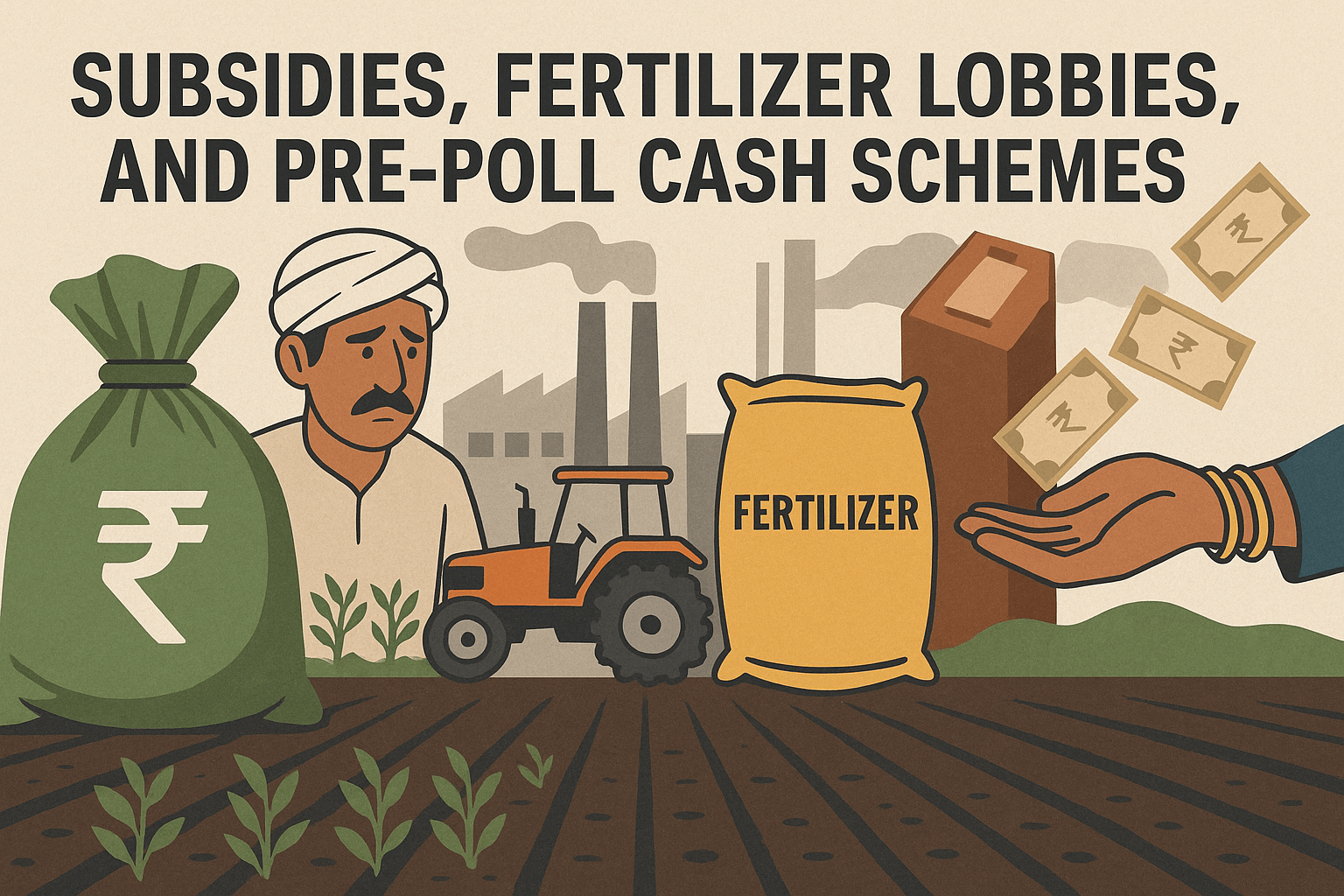As the clock ticks towards the July 9 deadline, US negotiators are urging India to open its agriculture market to genetically modified (GM) crops. Finance Minister Nirmala Sitharaman has declared agriculture and dairy as “red lines,” warning that accepting GM imports could threaten farmers’ livelihoods and food safety. Despite these concerns, the global adoption of GM crops has surged since 1996. As of 2023, over 200 million hectares of GM soya bean, maize, canola, and more are cultivated across 76 countries. India’s refusal to budge could pose a major hurdle in finalising the trade deal. In India, the only GM crop currently approved is cotton. This decision was made by Atal Bihari Vajpayee’s government in 2002. Today, more than 90% of India’s cotton area is under Bt cotton. This crop has been crucial as its seeds are fed to cattle and its oil is consumed by humans. It is essential to note that GM food has been part of our food chain for years. Vajpayee envisioned that science could transform agriculture, extending the slogan “Jai Jawan, Jai Kisan” (Hail the soldier and farmer) to include “Jai Vigyan” (Hail Science). This vision resulted in remarkable growth in cotton production—from 13.6 million bales in 2002-03 to 39.8 million bales by 2013-14, a massive 193% increase. Productivity jumped by 87%, and cultivated area expanded by 56%, leading India to become the world’s second-largest cotton producer and exporter. However, since 2015, India’s cotton story has faced challenges. The yield dropped from 566 kg/ha in 2013-14 to around 436 kg/ha in 2023-24, significantly lower than the global average of approximately 770 kg/ha. This decline is attributed to pest outbreaks, complex regulations, and a ban on next-generation cotton seeds like herbicide-tolerant (HT) Bt cotton. Despite attempts to introduce these seeds, trials were halted, and no official approval has been granted. However, illegal HT-Bt cotton has surfaced in various states, reflecting farmers’ desperation due to pest issues. Unfortunately, unregulated seeds can lead to crop failures, leaving farmers without recourse. The government’s stringent regulations on seed pricing have also deterred innovation in India’s cotton sector, drastically reducing investment in new technologies. As a result, India has turned from a leading exporter to a net importer of raw cotton, with imports valued at $0.4 billion by 2024-25. The issue of GM crops extends beyond Bt cotton. Approvals for GM mustard and Bt brinjal remain stalled despite being cleared in principle. While India has the potential to lead the gene revolution, its rigid regulatory stance has stalled innovation and forced reliance on imports. The solution lies in strong, science-led political leadership. The future of agriculture depends on adopting technology and innovation. Prime Minister Narendra Modi’s slogan, “Jai Anusandhan” (Hail Innovation), reflects a commitment to research and innovation. Real progress requires the commercial deployment of advanced GM crops. From the farm to the market, India’s agricultural future hinges on embracing gene technology. As Vajpayee stated, “What IT is for India, BT is for Bharat.”




